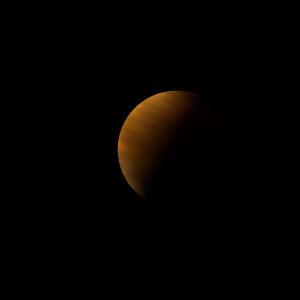|
|
Space Astro
|
Info for exoplanet "Myuto Oreba"
| Scientific (actual) data |
|---|
| Planet | EPIC 212737443 c |
| Planet status | Confirmed |
| Planet mass | 0.0303 |
| Radius | 0.24 |
| Orbital period | 65.55 |
| Semi major axis | 0.28 |
| Inclination | 89.63 |
| Discovered | 2019 |
| Updated | 2019-06-17 |
| Tzero tr | 2457230 |
| Impact parameter | 0.567 |
| Temperature (kelvin) | 316 |
| Publication | Published in a refereed paper |
| Detection type | Primary Transit |
| Mass detection type | Theoretical |
| Radius detection type | Primary Transit |
| Star name | EPIC 212737443 |
| Right ascension | 204.22° |
| Declination | -7.32° |
| Mag v | 14.8 |
| Mag i | 13.626 |
| Mag j | 12.824 |
| Mag h | 12.239 |
| Star distance | 347.45 |
| Star metallicity | -0.137 |
| Star mass | 0.69 |
| Star radius | 0.67 |
| Star sp type | K3 |
| Star temperature | 4684 |
| Star alternate names | 2MASS J13365320-0719053, K2-310, WISE J133653.17-071905.1 |
| Wikipedia article | EPIC 212737443 c |
Back
| |
| Fictional info (?) |
|---|
| Suggested name | Myuto Oreba |
| Planet type | Small cold gas planet |
| This small cold gas planet is named after the deity Myuto Oreba, the spirit of dreams.
Myuto Oreba is gravitationally locked with EPIC 212737443 in a 4:3 spin-orbit resonance, and rotates in a way that is unique in its solar system.
Myuto Oreba was one of the first planets to have its motions plotted across the sky - as early as the second millennium BC.
Observations from Earth have shown seasonal change and increased weather activity as Myuto Oreba approached its equinox 7 years ago. |
| Atmosphere | Molecular hydrogen | 77% |
| Hydrogen peroxide | 14% |
| Water vapor | 8.1% |
| Argon | 0.38% |
| Atmospheric pressure | 0.7 bar |
 |
| No known satellites |
| Google search for Myuto oreba |
|
Website by Joachim Michaelis
|
|
|
|